Given 2 lists of data (list A & list B) I need an algorithm to generate all possible combination C such that in each combination:
- All items of
Amust be present, ordering doesn't matter (e.g.,abcis same ascba) - Exactly 1 item from
Bmust be present after each item fromA - Items from
Bcan be repeated
Example 1
A = {a, b, c}
B = {1, 2}
Answer:
a1b1c1
a1b1c2
a1b2c1
a1b2c2
a2b1c1
a2b1c2
a2b2c1
a2b2c2
Example 2
A = {a, b}
B = {1, 2, 3}
Answer:
a1b1
a1b2
a1b3
a2b1
a2b2
a2b3
a3b1
a3b2
a3b3
What algorithm can I follow to generate this answer? Thanks. I see the pattern, but unable to translate it to code. I'll be coding in C++, but an algorithm will work for me.
I've checked the following questions on SO about this topic. But none is like my problem.
How to find all combinations of sets of pairs - doesn't allow repetition on 2nd set.
All combinations of pairs within one set - deals with one set.
combinations between two lists? - doesn't allow repetition on 2nd set.
Finding all possible value combinations between two arrays - doesn't allow repetition on 2nd set.
An efficient method to generate all possible ways to pair up items in a data set - deals with single set, doesn't allow repetition.
I couldn't come up with a minimum example, as I don't know the algorithm.
